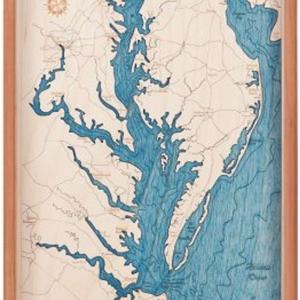A’ dèiligeadh le ar n-eachdraidh - Gàidheal Ameireagaidh a Tuath / Facing Our History - The North American Gael broadcasts from unceded lands of the Piscataway and Susquehannok people, what is now called Central Maryland.
In this podcast we are speaking with two Sgoil Gàidhlig Bhaile an Taigh Mhóir students, Gloria Ngo and Farida Shourbaji. Don't sound like particularly Scottish names? True. While many people may feel they have a sense of what a Gael looks like, there are speakers of color in the Gaelic learning community that through the language and culture forge a bond that makes them part of the wider Gaelic community. In fact, people of diverse ethnic backgrounds have long had a claim on the language. This may be particularly true in the United States where cultures have mixed through marriage and proximity regularly. This challenges a common perception that Scottish ethnicity is essential and biological.
Sgoil Gàidhlig Bhaile an Taigh Mhóir adheres more to the idea expressed in the editorial in the Summer 2001 issue of Naidheachd and included by Michael Newton in his paper "This Could Have Been Mine: Scottish Gaelic Learners in North America:
"Cuimhnichibh gur sluagh sibh," Màiri Mhòr nan Òran urged Highlanders in the 19th century, "Remember that you are a people." Her words have meaning for those of us studying and promoting Gaelic in 21st century North America as well. We are not a people defined by locality or even ethnicity, but we are a "sluagh" who share an identity shaped by common purpose, by common goals, and, for some of us, common experience.
In Scottish Gaelic, there are different ways to ask where someone is from. You might ask Cò às a tha thu?, or Cò muinntir dha bhiel thu? or Cò do chuideachd?
In each case, the question roughly translates in English as who are your people? They are questions that explore "belonging to a people".
Listen as we explore how Gloria and Farida opened the gate to incorporate Scottish Gaelic into their sense of belonging.





















